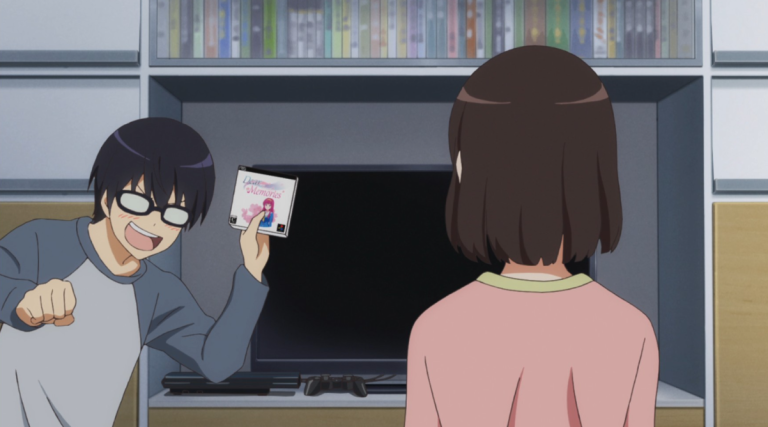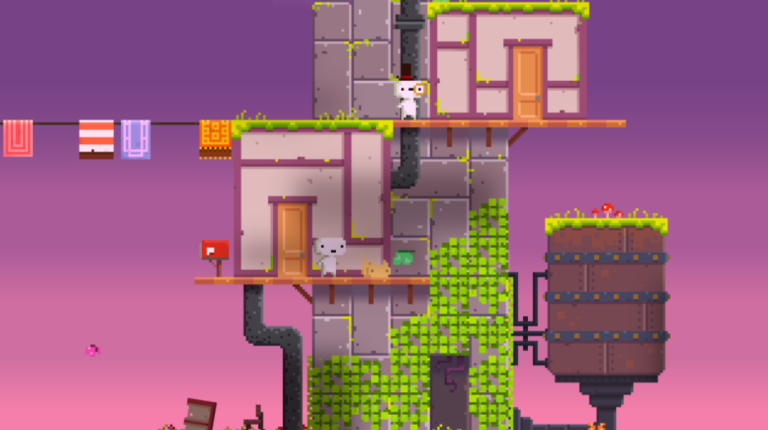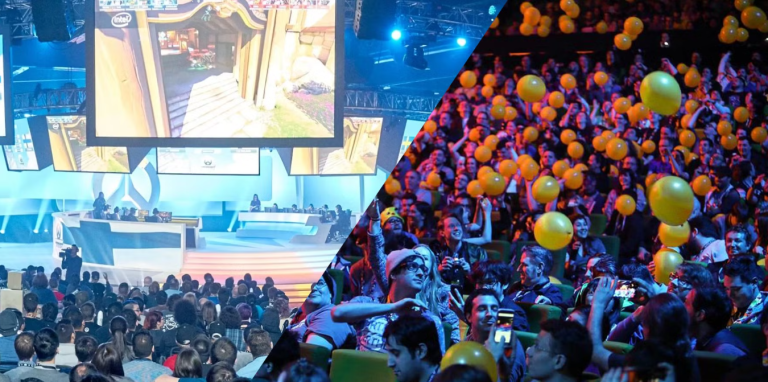
When it comes to races and character portrayal in video games, many players might think, “Isn’t it just random background design?” But if you pay closer attention, you’ll realize these “random” characters carry a lot of cultural weight—and they can shape how players perceive different groups in real life.
A friend of mine, Alex, is a huge gamer who loves RPGs and strategy games. Recently, we were talking about a new fantasy game where races were designed with classic traits: elves as graceful archers, dwarves as tough and rugged, orcs as wild and aggressive… On the surface, it seemed like the usual setup, but Alex suddenly realized how unfair these stereotypes were. Orcs, for example, were always the “bad guys” with no depth or nuance. Even in online discussions, players often casually use “orc” as a label for real-life groups, which is problematic.
This isn’t just an isolated case in games. As cultural products, games often mirror real-world biases and stereotypes without even realizing it. Just like in movies or books, where characters get pigeonholed into certain roles, video game characters influence how players think. I remember playing a war game as a kid where one race was always the “invaders.” That stuck with many players, who later made unfair comparisons between that race and certain real-world ethnic groups—something obviously harmful.
This is why fair representation is so important. It’s not just about letting each race “take turns” as the hero or main character. It’s about breaking the old clichés and making characters more diverse and multi-dimensional. Lately, more games are trying to create complex characters: orcs with rich cultures and beliefs, elves who aren’t just aloof or arrogant but real individuals with their own struggles. This shift helps players move beyond black-and-white thinking and understand the complexity of different cultures.
It’s just like how we shouldn’t judge people in real life based on stereotypes. One of my colleagues, Jason, studied abroad and at first faced a lot of cultural misunderstandings and labels. But as his friends got to know him, they saw his unique qualities and diverse interests. Fair representation in games lets players experience that kind of openness and understanding in a virtual world—rather than falling into narrow labels.
Of course, achieving fair representation isn’t easy. Game developers need to deeply understand different cultures and avoid superficial portrayals. I know an indie developer named Leo who spent months researching minority cultures, working closely with local communities to design a game with authentic characters. The response was great—not only did players love it, but it also raised awareness about lesser-known cultures. That kind of work breaks stereotypes and pushes game culture forward.

Players themselves also have a role to play. When you play games, don’t rush to judge characters based on old tropes. Try to understand their stories and backgrounds, and speak up in communities supporting games that challenge stereotypes. After all, players’ voices are key to moving the industry in the right direction.
Looking back, when I played World of Warcraft as a kid, races were fairly simple, but over time, character backgrounds became richer and more nuanced. That made me appreciate the different races more. Games became more than just leveling up—they became bridges of culture and understanding.
In the end, issues of race and stereotypes in games are not just about game design—they reflect cultural awareness. Fair representation makes game worlds more vibrant and real, and helps us break biases in real life. I hope more games will break old molds, creating lively, multi-dimensional characters so every player can find respect and connection in virtual worlds.
![]()


